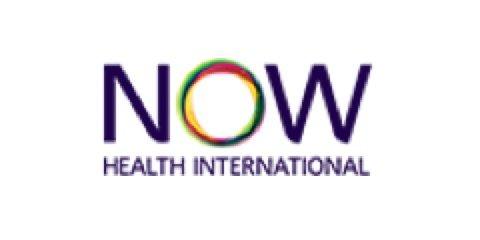
List of Insurance Companies Logos and Names in Ecuador – World Insurance Companies Logos. Research and compare insurance companies to find the one that best suits your needs.

List of Insurance Companies Logos in Ecuador
Logos of insurance companies. By clicking on the logos of insurance companies in Ecuador, you will instantly get up-to-date information on insurance issues. This information can help you choose the most advantageous coverage.
See the logos and names of large insurance companies in Chile on the Chile, South America page.
Insurance Company Names
Names of insurance companies. Updated list of names of insurance companies based in Ecuador.

Noticias Today

Health in Ecuador
Ecuador is made up of three distinct climatic regions: Tropical, Highland/Sierra, and Amazon rainforest, and health conditions vary within each region.
Most Ecuadorians live within the Sierras, such as Quito and Cuenca, where health conditions, most commonly associated with the Tropics, do not exist.
For example, the types of mosquitoes which carry malaria and dengue fever cannot live at an altitude above 2300 meters (according to the U.S. Centers for Disease Control) as is the case in virtually all the Sierras.
While there does not seem to be general agreement in the medical community about the prevalence of altitude-related conditions, some visitors to the Highlands may experience symptoms.
The lower atmospheric pressure of the Sierras affects some individuals profoundly with difficulty in breathing, nausea, and dizziness, but these conditions are typically not of long duration and require a period of reduced activity and conservative eating and drinking for acclimatization.
Ecuadorians living most of their lives in the Sierras commonly require a brief period of readjustment after living at sea level for prolonged periods. In the low-lying coastal regions and the Amazonian region, the predictable diseases of those climates exist. Malaria and dengue fever, for example, according to the UN sources, are no longer epidemic in Ecuador.
The potential for these diseases does exist, but mostly in isolated, economically depressed areas of the Amazon and seacoast. Life expectancy in Ecuador is approximately the same as the United States.
As in many countries, this country has a comprehensive publicly-funded health system and national health insurance. Free medical care (with an extensive system of hospitals and regional health clinics) is available to all residents regardless of income and without buying any type of medical assurance.
An extensive, proactive program of public health includes actions such as teams of nurses going door-to-door offering influenza vaccines to residents.
Remote rural areas are also served by this system with physicians, dentists, and nurses performing an obligatory one-year “rural,” in which they serve isolated or under-served populations. In Ecuador, this one year of service is mandatory for professional licensing.
From Wikipedia.
Ecuador, South America – World Insurance Companies Logos.














